Article: PEPTIDES DEMYSTIFIED: WHAT WORKS FOR MUSCLE, SKIN, AND RECOVERY

Heard about collagen powders, recovery supplements, or the latest 'anti-ageing' drinks? Many of them get their power from peptides. In simple terms, peptides are small chains of amino acids, the same building blocks that make up proteins, and certain types have been linked to faster muscle recovery, joint protection, and even pain relief.
In this article, we’ll cut through the hype to show you which peptides are genuinely supported by science for performance, recovery and beauty, so you can be confident you are not wasting money on ineffective or merely influencer-promoted trendy products. Whether you’re an athlete, a movement professional, or simply curious about anti-ageing support for your joints, you’ll discover which peptides deserve a place on your radar.

UNDERSTANDING PEPTIDE ABSORPTION AND EFFICACY
The effectiveness of peptides largely depends on their size; most bioactive peptides contain between 2 and 20 amino acids, with smaller peptides being absorbed more efficiently. Peptide size is measured in units called daltons, which indicate the molecular weight of these small compounds. At LEMAlab®, our collagen peptides are hydrolysed to an average size of around 2,000 daltons, smaller than many marine collagens (which typically range from 3,000 to 5,000 daltons), enhancing absorption and bioavailability.
THE DIFFERENT TYPES OF PEPTIDES: WHAT’S ACTUALLY WORTH YOUR TIME
Not all peptides are designed to be taken as a drink or in capsule form. Some can be applied topically in creams and beauty products, while others are administered through small injections under the skin.
For skincare and beauty:
In today’s beauty market, peptides are a bit of a star ingredient. You can find different kinds of body creams, facial products, and even peptide-infused lip balms. One of the most popular peptides for beauty is GHK-Cu, also known as copper peptide. It is loved because it helps boost collagen and elastin production, calms inflammation, and supports tissue repair, making your skin look healthier and more youthful.
While these peptides work well on the skin’s surface, research shows that their benefits do not surpass the proven effects of taking collagen peptides in supplement form and maintaining a healthy diet with plenty of key nutrients, such as B vitamins and sources of antioxidants. All in all, collagen supplements show superior results for improving skin hydration and elasticity and can reduce wrinkles from the inside out [1].
For joint health, training recovery, and movement longevity:
Peptides that are administered through injections fall into this category. The most talked-about examples are Ipamorelin and CJC-1295, both known for stimulating the release of growth hormone, which may support muscle growth and recovery. These peptides are typically used in medical protocols under strict supervision, often as part of a post-injury rehabilitation plan. For most athletes and active individuals seeking long-term joint health, safer and more accessible options are available in supplement form.
So which ones deserve your attention? At present, the most effective types for supporting healthy movement in athletes and professional movers are collagen peptides, BCAAs, and glutamine. While glutamine is not always marketed as a peptide, we explain why this form is gaining popularity. Let’s tackle the research-backed benefits of each of these supplements, one by one.

THE MOST SOUGHT-AFTER: COLLAGEN PEPTIDES
Collagen supplements are widely used by athletes and highly active individuals, with many health professionals endorsing their benefits. Research shows collagen supports joint health, speeds recovery, and improves muscle function:
- A 2021 comprehensive analysis of 15 clinical trials using 5 to 15 grams daily found collagen reduces joint pain, enhances recovery, and boosts muscle health [6].
- A 2024 review reported collagen increases lean muscle mass, improves tendon structure, strengthens muscles, and accelerates post-exercise recovery [3].
- A study involving 507 people with knee osteoarthritis showed significant pain reduction compared to placebo [8].
- Athletes taking 5 to 10 grams daily for 12 weeks saw a 38% decrease in activity-related joint pain versus placebo [4].
Beyond physical performance, collagen is easily digested, helps reduce bloating, supports gut lining repair, and promotes healthier, more youthful skin, making it a well-rounded choice for overall health and active lifestyles.
BCAAS: THE SECOND MOST POPULAR OPTION
BCAAs, or branched chain amino acids, consist of three essential amino acids: leucine, isoleucine and valine. These make up around 35 to 40% of muscle protein. They promote muscle growth by activating a process called ‘the mTOR pathway’, which is important for building new muscle protein. BCAAs are commonly used to reduce exercise-induced muscle damage and fatigue, though their effects on performance can vary depending on timing and dosage [9].
In some surveys of athletes and regular gym-goers, BCAAs rank higher than collagen, especially when muscle growth is the primary goal. They are often grouped with other popular proteins such as whey. Overall, compared to collagen, BCAAs do not offer the same research-backed benefits for tendons and overall connective tissue health, in addition to muscular recovery [9].

GLUTAMINE PEPTIDES: GROWING INTEREST
You’ve probably also heard about glutamine as a supplement of interest for muscular health. It is indeed a key amino acid that supports muscle recovery but also immune function and gut health. While L-glutamine is the most common form used in supplements, studies have shown that it is relatively unstable and may not be fully absorbed when taken on its own [11].
To improve stability and absorption, glutamine is now also available in peptide form, often combined with amino acids like alanine or glycine. Studies show these glutamine peptides lead to significantly higher absorption and blood levels, which is why they’ve begun to appear in the sports nutrition market. However, compared to collagen peptides and BCAAs, these varieties are less widely used and not as widely studied in humans compared to collagen peptides and BCAAs [12].
It’s important to note that animal-derived proteins and peptides generally offer superior bioavailability and absorption compared to plant-based options commonly found on the market. If you’d like to learn more about this, you can read our article WHEY PROTEIN VS COLLAGEN PEPTIDES: UNDERSTANDING THE DIFFERENCES.
BOTTOM LINE
Peptides can support highly active individuals, but their benefits depend on choosing the right type. Collagen peptides are the most research-backed for joint health, connective tissue support, muscle recovery, and skin and gut benefits. BCAAs mainly aid muscle growth and reduce exercise fatigue, while glutamine peptides can help with recovery and gut health when formulated for better absorption.
Focusing on evidence-backed ingredients and reputable brands ensures you get results. By understanding what each peptide actually does, you can make informed choices and select supplements that genuinely support your movement, recovery, and overall health.


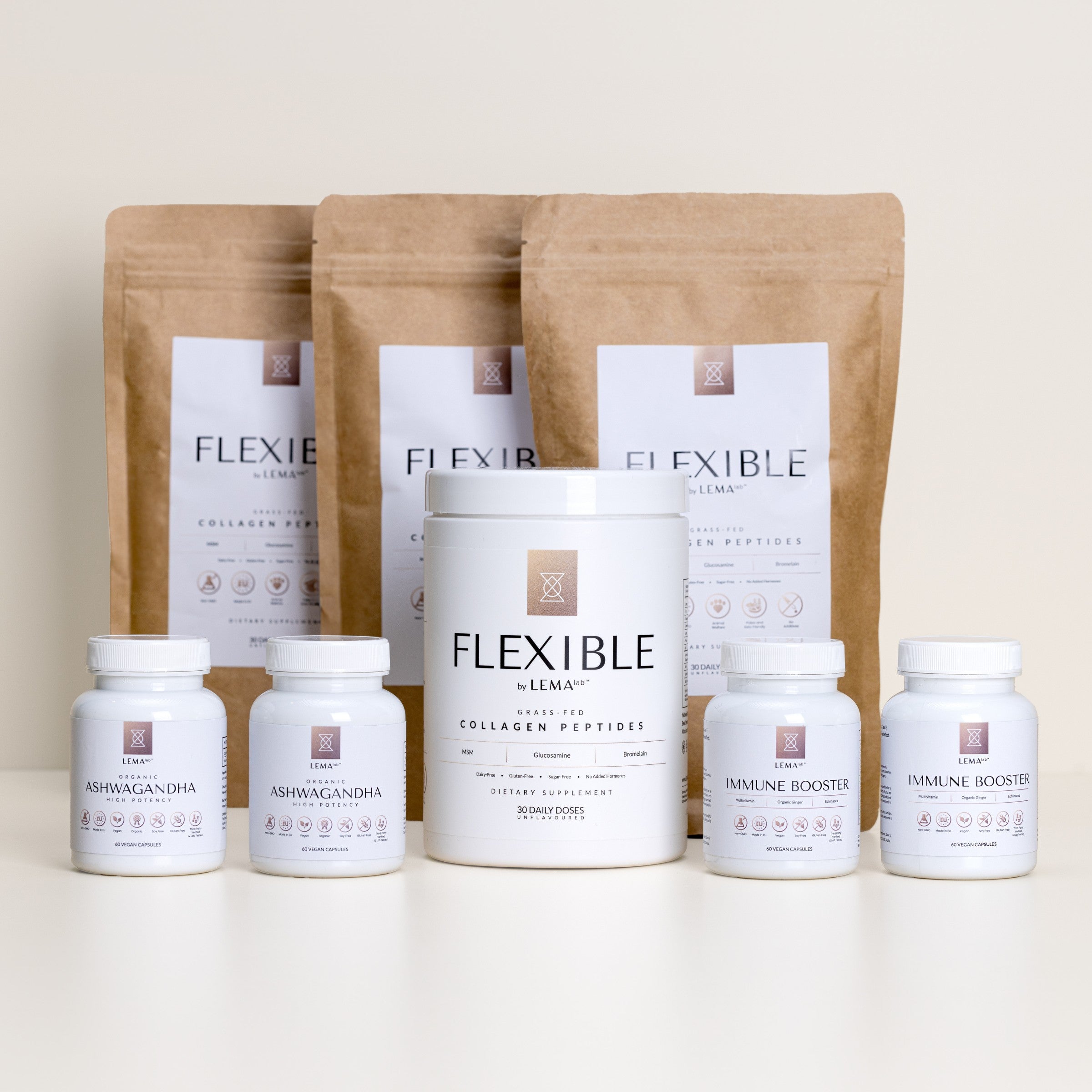




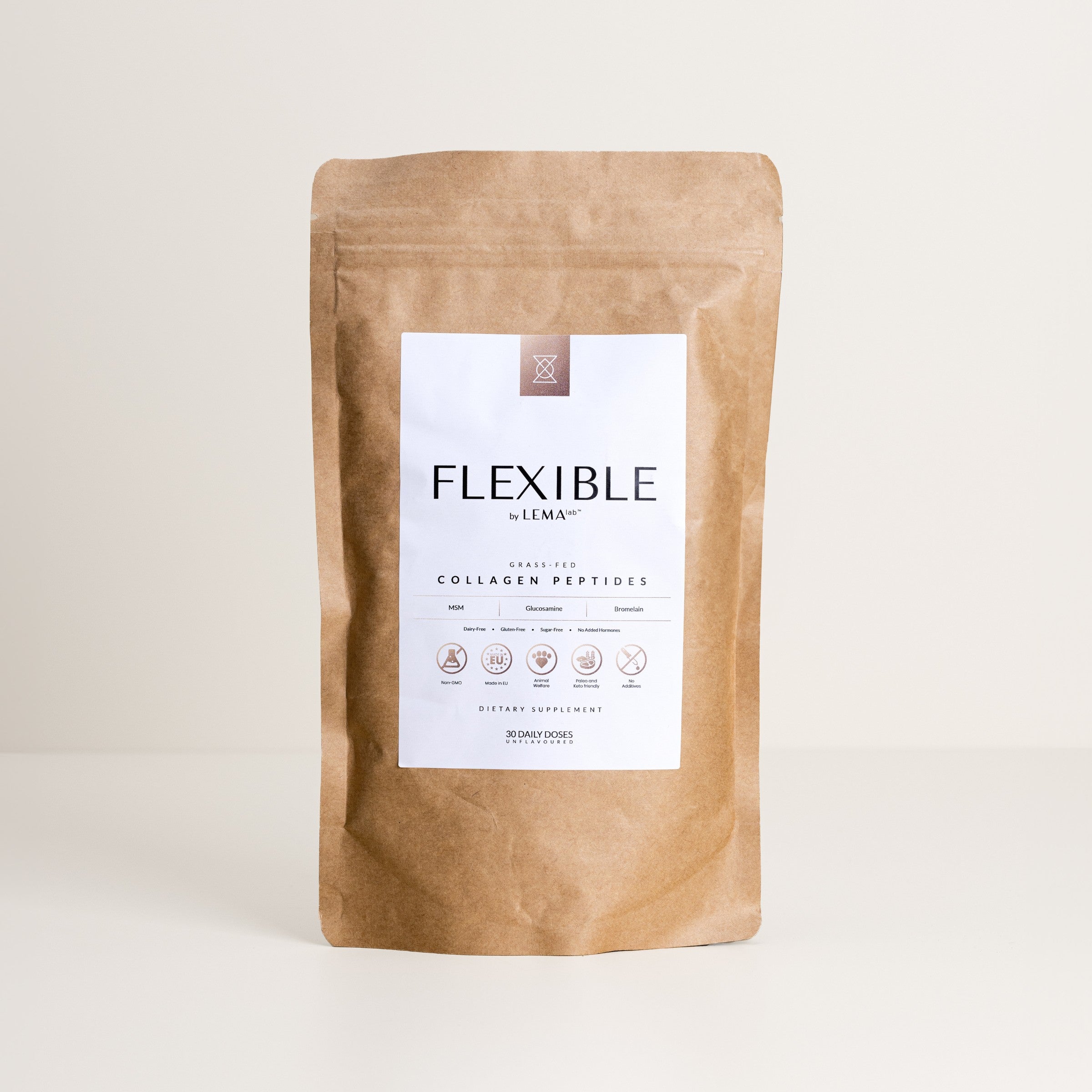

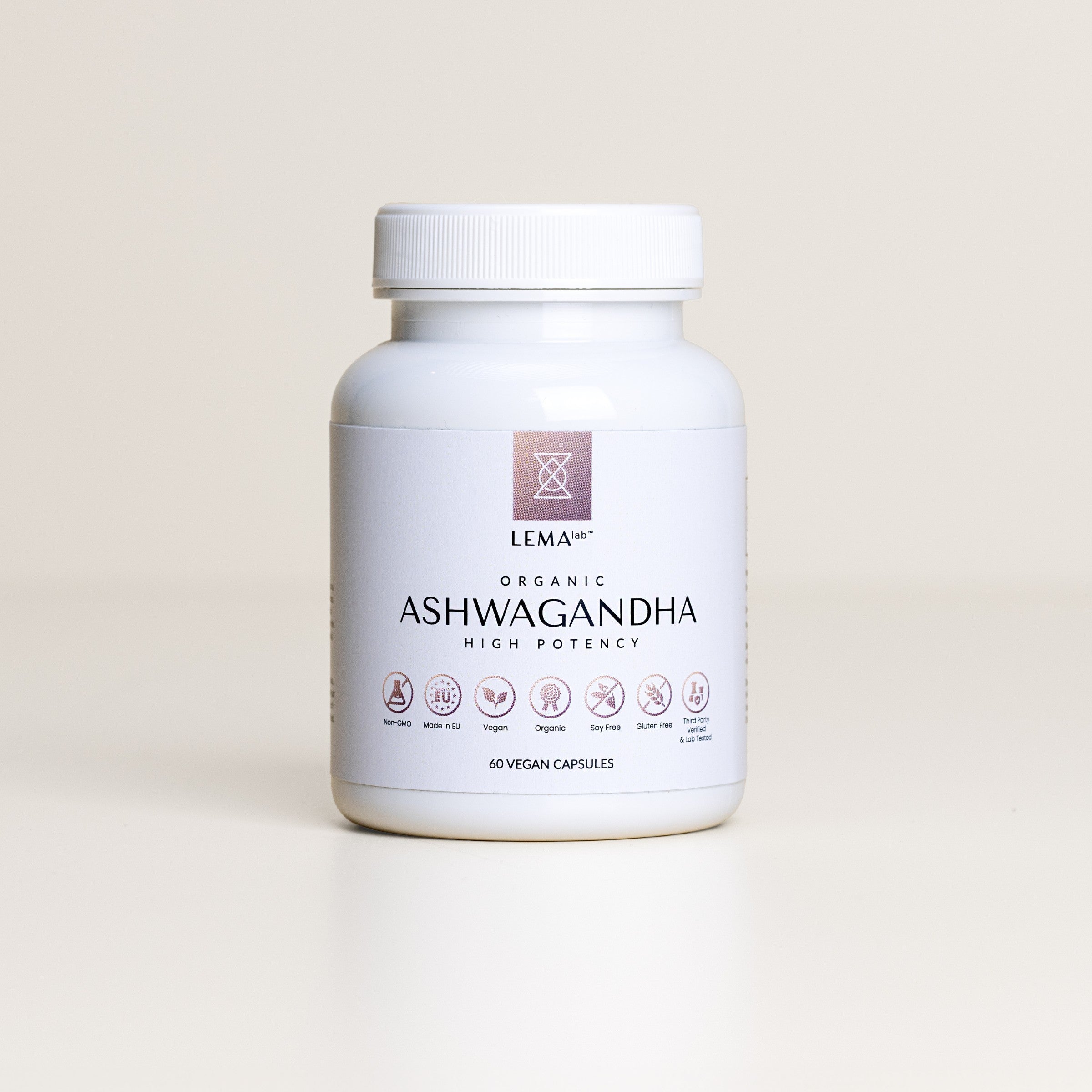
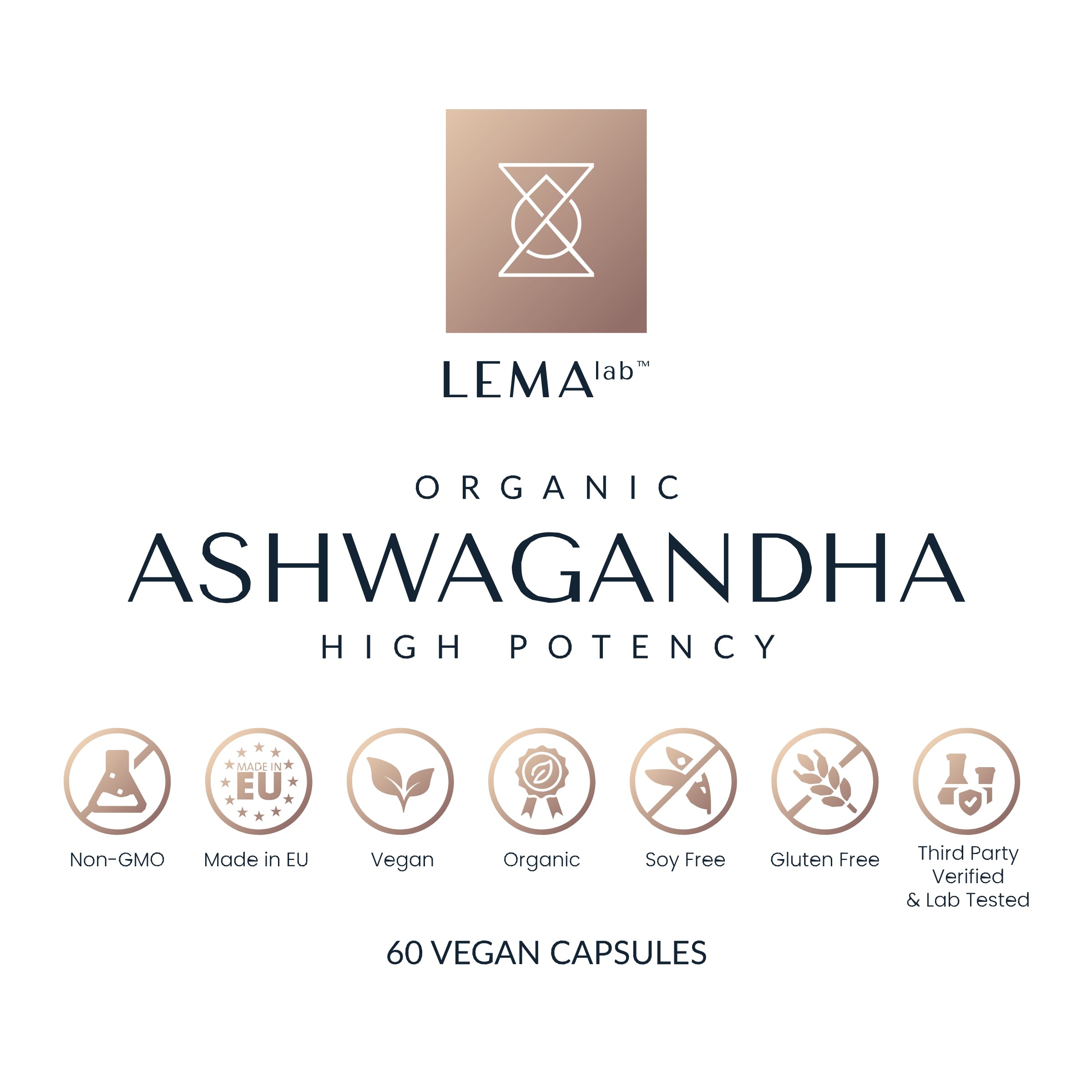

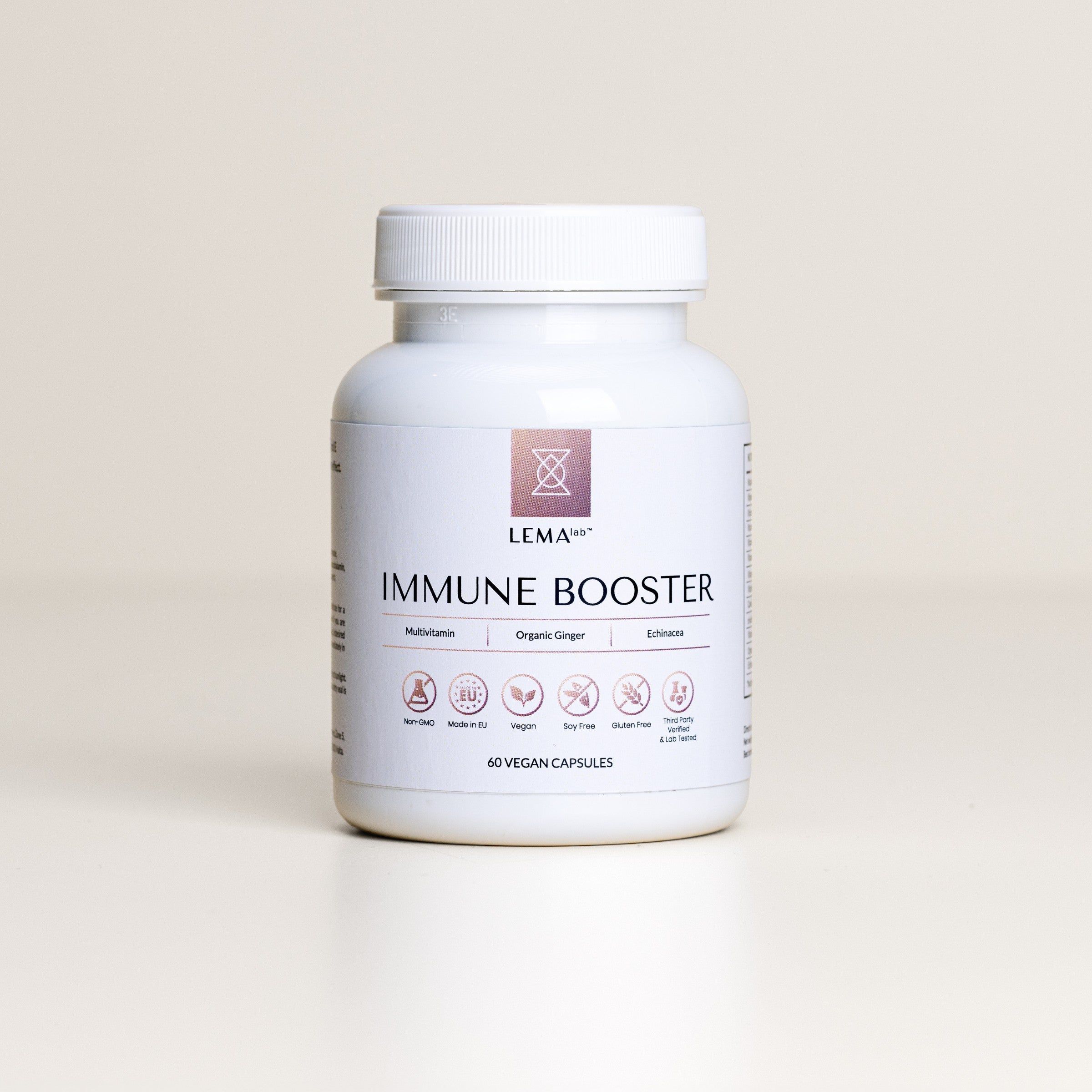
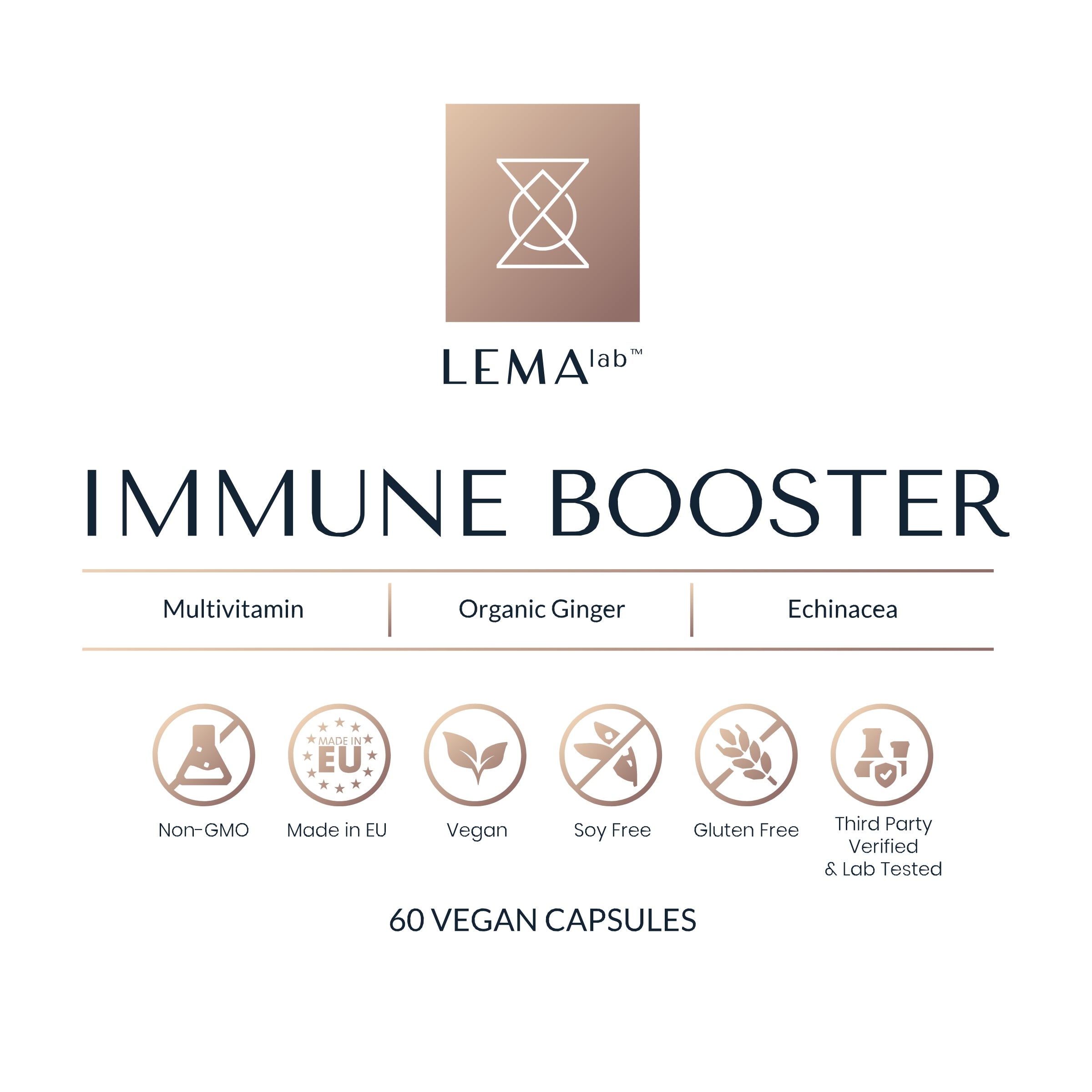
Leave a comment
This site is protected by hCaptcha and the hCaptcha Privacy Policy and Terms of Service apply.